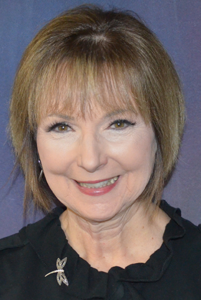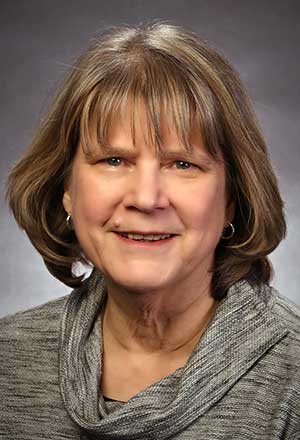We Teach, What is Your Superpower?
by Kim Reynolds
Every time I walk into my colleague’s classroom, I look up to one of my favorite signs: “I teach, what is your superpower?”
As I started roaming with my second-round student, Emily, in February, I looked to Marie Clay to guide me. She reminds us, this is when the “Child and teacher have an opportunity to get to know each other and to develop useful ways of interacting.” When Emily shared that she loved Wonder Woman, I asked her to tell me more. Emily said Wonder Woman can fly. She can save people. I look like Wonder Woman. It was ironic because right after we wrote this together, the whole world came crashing down around us. The Pandemic was here and we were all feeling weak, vulnerable, and apprehensive of what was yet to come. Our superpowers were being drained.
During the next few weeks, we started to navigate our way through the unknown. As we began this new, very rocky journey, we had the support of our amazing districts and our university training center, The Ohio State University. It was extremely overwhelming, but it was so helpful to find comfort in our administrators, trainers, and colleagues.
Using our technology, we were able to connect and collaborate with one another locally and nationally. On one of our Zoom calls, Dr. Lisa Pinkerton shared her analogy of the Pandemic to chapter 6 in Literacy Lessons Designed for Individuals: Adjusting teaching for particular difficulties. I thought that this was a brilliant way to relate what we know to this new and unknown time. Clay still comforts us during these challenging times: “You are likely to have some blind spots in these areas, and the opinions of colleagues could be most useful for adjusting your teaching. It has been one of the values of the professional development sessions that teachers have been able to pool their wisdom on their most puzzling students.” This can also be used when thinking about our current and upcoming challenges.
After a week of trying our best to collaborate, navigate, problem-solve and basically survive within our own districts, our Reading Recovery Teacher Leader colleagues were able to come together for our online “therapy”. We needed a forum to share our worries, concerns, and challenges. Our biggest concerns were for our students. The minute we met, we were already brainstorming and problem-solving how to emotionally support, thoughtfully collaborate and carefully facilitate reading and writing opportunities for our students. We left the session with a tentative plan, a network of amazing contacts and friends, and the faith that together we would make it through this. Hoda Kotbe’s book, I Really Needed This Today, is a favorite read before I go to sleep. She quoted Mandy Hale, “Trust the wait. Embrace the uncertainty. Enjoy the beauty of becoming. When nothing is certain, anything is possible.” Together…anything is possible.
I think back to my limited, but precious time that I initially had with Emily, which likely will no longer be in person. In that short time, she taught me some amazing life skills. During this challenging and uncertain time, we all need to embrace our superpowers… bravery, strength, and the ability to make a difference on a daily basis, no matter how small. Collaboratively, we teach, what is your superpower?

Kim Reynolds is a Reading Recovery Teacher Leader with Dublin City Schools in Dublin, Ohio.









